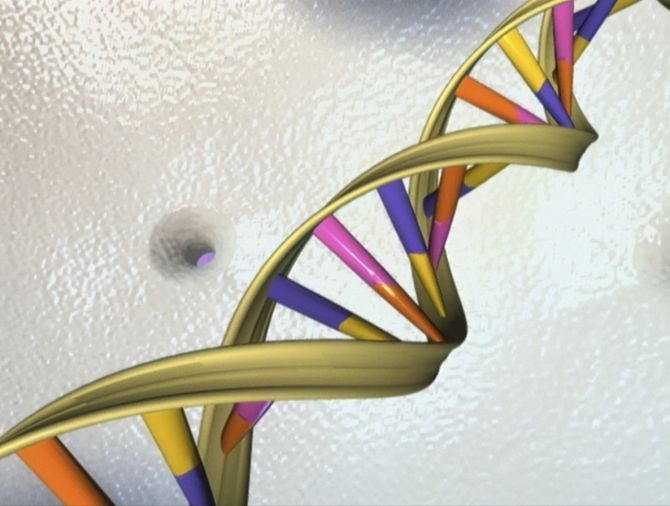New Technique May Provide Way to Edit Human Genome

For years, copying and pasting was mainly the domain of collage-makers, Microsoft Word and image editing software. That may have changed. Researchers from Harvard University, Boston University, the Massachusetts Institute of Technology, Rockefeller University and the University of California, Berkeley have developed a method to copy and paste sections of the human genome. Their findings could mean that gene therapy, formerly prohibitively expensive and complicated for many people, could become cheap and accessible to the masses and could provide a cure for genetic illnesses and HIV.
These efforts were inspired, in part, by University of California, Berkeley researcher Jennifer Doudna's discovery of the Cas9 enzyme. When studying a particular species of bacteria, she describes in a press release how she noticed the bacteria had evolved enzymes that were able to cut the DNA of viruses in order to protect the bacteria against viral infections. The bacteria would insert sections of the viral DNA into its own RNA, which bound and inactivated the viruses. The discovery caused researchers to wonder if they could create a technique that could do the same in humans.
Previous attempts to recreate the bacterial ability included the zinc-finger nucleases and the TALEN, Transcription Activator-Like Effector Nucleases, protein. Both methods allow researchers to cut the genome and insert an alternative piece of DNA, if necessary. That allows researchers to replace a defective gene with a normal one. However, both techniques require the synthesis of a new gene to encode a particular protein at each new site that they want to replace. A new technique, which uses the Cas9 enzyme, uses a single protein that requires a small RNA molecule in order to program it for a particular site in the genome.
Two studies on the new technique have been published in the journal Science Express. Another study by Doudna and her team has been accepted into the journal eLife.



























